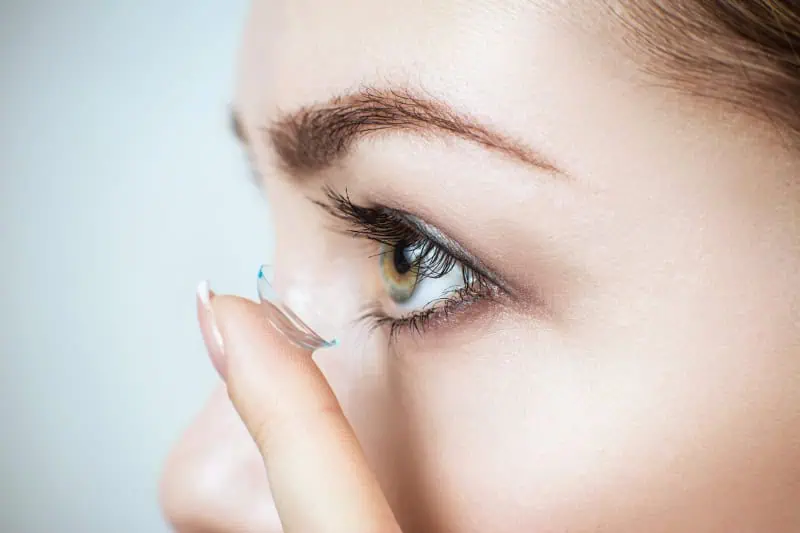
Issue 8/2024
Gunev, D., Grupchev, D., Getova, I., Grupcheva, H.
Medical University „Prof. Dr. Paraskev Stoyanov“ – Varna
Department of Eye Diseases and Vision Sciences, SBOBAL – Varna
Therapeutic contact lenses (TCL) are often used in the treatment of diseases of the anterior ocular surface. Indications for (TCL) include: pain relief, improvement of corneal healing, sealing and protection of the cornea, and drug delivery. For painful corneal diseases such as bullous keratopathy, epidermolysis bullosa, and epithelial abrasions/erosions, therapeutic contact lenses provide symptomatic relief.Postoperatively, photorefractive keratectomy or laser epithelial keratomileusis also relieve pain. In severe diseases of the ocular surface such as: dry eye, Stevens Johnson syndrome, toxic epidermal necrolysis, gas permeable scleral contact lenses are often used for conformers and improving corneal healing. TCLs are used after keratoplasty, after trabeculectomy and amniotic membrane transplantation for graft protection. In patients with eyelid diseases such as trichiasis, ptosis and tarsal scars, TCLs are also effective in forming a mechanical barrier to protect the cornea.A relatively new use of TCLs is in ocular drug delivery, where TCLs are used to maintain therapeutic drug concentrations on the ocular surface. Contraindications to the use of TCL include infectious keratitis, corneal innervation disorder, and significant exposure keratopathy with inadequate eyelid position or movement. Complications of TCL include infectious keratitis, corneal hypoxia and related complications, corneal allergies and inflammation, and lens maladaptation. Therapeutic contact lenses require monitoring by an ophthalmologist, which is a guarantee of reducing complications.
Key words: therapeutic contact lenses (TCL), rigid gas-impermeable lenses, scleral lenses, rigid gas-permeable lenses, corneal lenses
Аddress for correspondation:
Dr. Gunev
Department of Eye Diseases and Vision Sciences,
SBOBAL Varna
15, „Doyran”, Str.
9002 Varna
